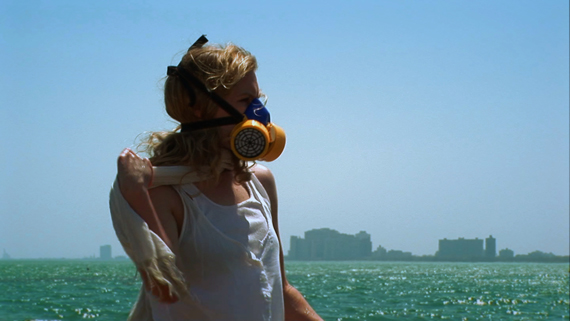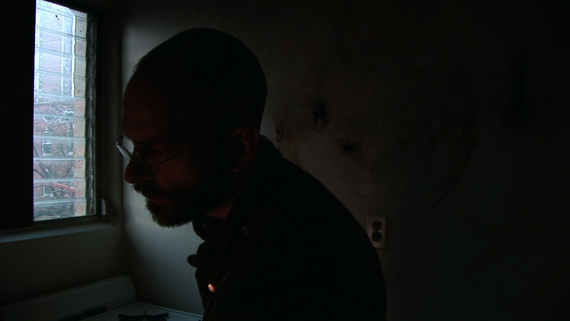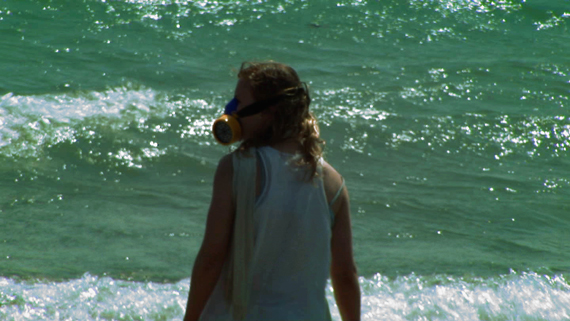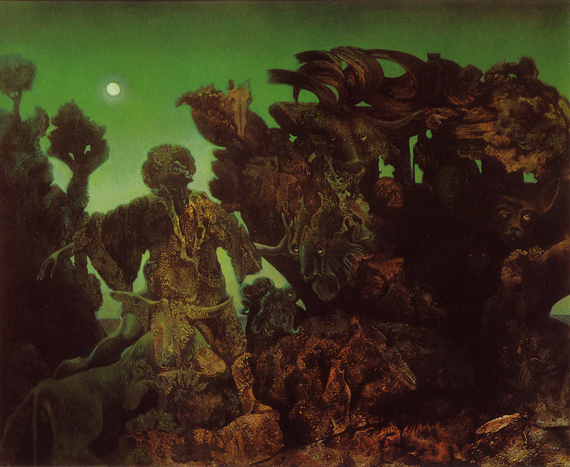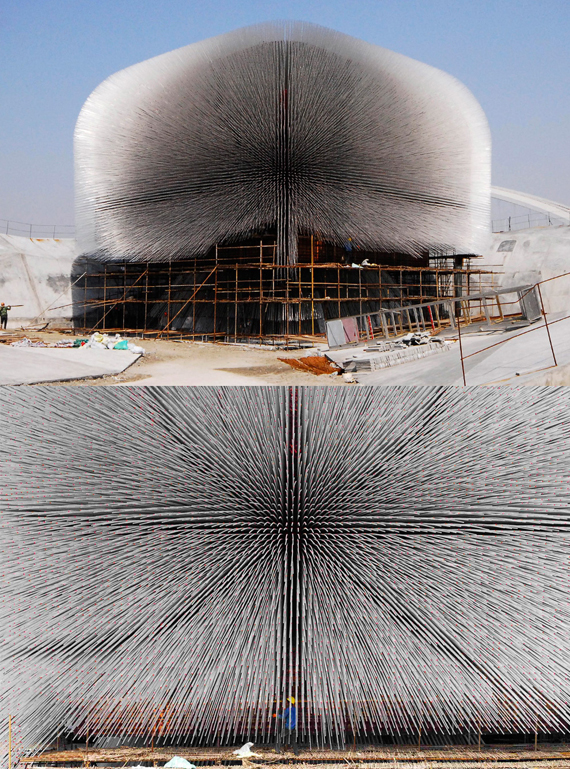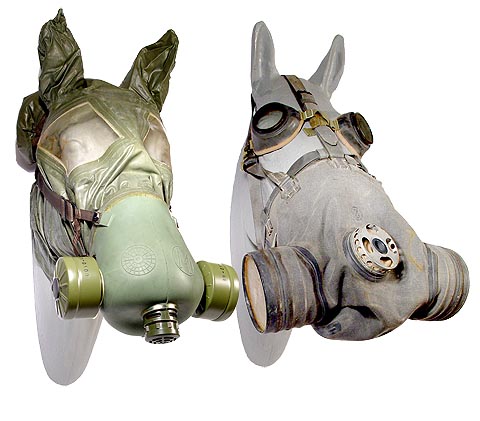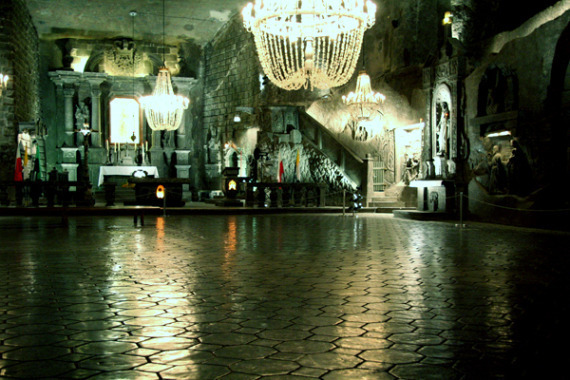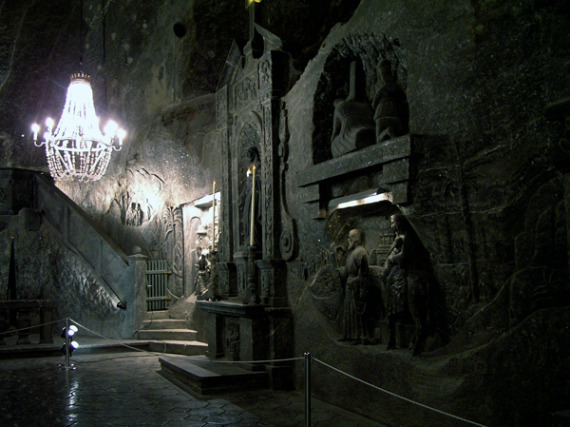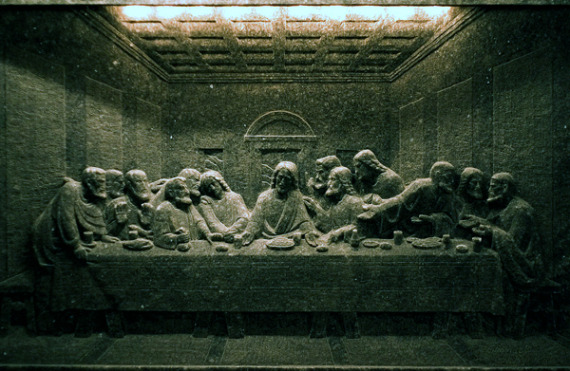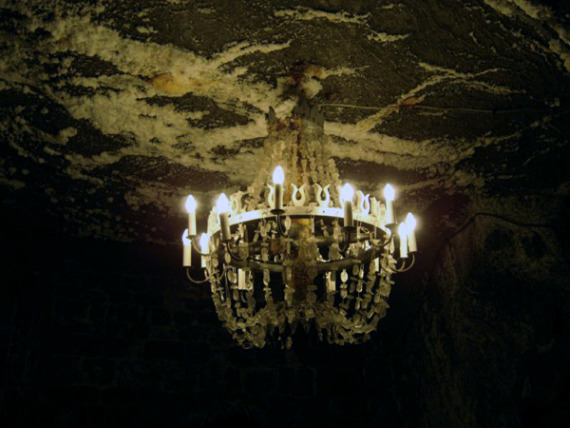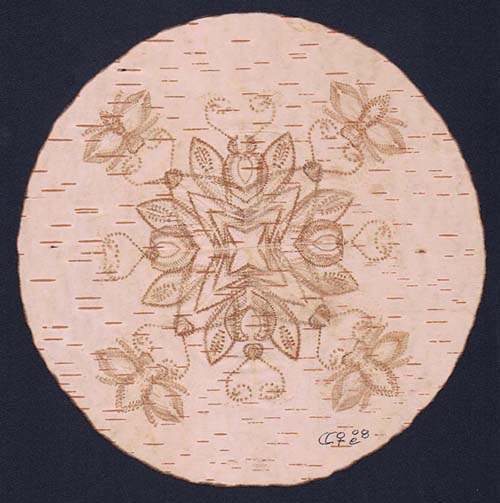Lynn Margulis
Distinguished University Professor in the Department of Geosciences, University of Massachusetts, Amherst, is a member of the National Academy of Sciences and the Russian Academy of Natural Science. She received a National Medal of Science from President Clinton in 2000.
Her books include What is Life?, What is Sex?, Slanted Truths (all co-authored with Dorian Sagan) and Symbiotic Planet.
THE ENDOSYMBIOTIC THEORY
Dr. Margulis has proposed that eukaryotic flagella and cilia may have arisen from endosymbiotic spirochetes, but these organelles do not contain DNA and do not show any ultrastructural similarities to any prokaryotes, and as a result this idea does not have wide support. Margulis claims that symbiotic relationships are a major driving force behind evolution. According to Margulis and Sagan (1996), "Life did not take over the globe by combat, but by networking" (i.e., by cooperation, interaction, and mutual dependence between living organisms). She considers Darwin's notion of evolution driven by competition to be incomplete.
SYMBIOGENESIS
Symbiogenesis is a theory of evolution. It argues that symbiosis is a primary force of evolution, because acquisition and accumulation of random mutations or genetic drift are not sufficient to explain how new inherited variations occur. According to this theory, new cell organelles, new bodies, new organs and new species arise from symbiosis, in which independent organisms merge to form composites. This challenges some standard textbook ideas of how evolutionary change occurs. To some degree, Darwin emphasized competition as the primary driving process of evolution, symbiogenesis emphasizes that co-operation can also be important to the process of evolution.
Symbiogenesis was first formulated by K. S. Mereschkovsky (1855-1921) in his 1926 book "Symbiogenesis and the Origin of Species" and by Ivan Wallin, in "Symbionticism and the Origins of Species". Ivan Wallin proposed in 1927 that bacteria might represent the fundamental cause of the origin of species, and that the creation of a species may occur via endosymbiosis.
In the late 20th century, Lynn Margulis claimed that microorganisms are one of the major evolutionary forces in the origin of species, endosymbiosis of bacteria being responsible for the creation of complex forms of life.
Margulis' theory of symbiogenesis
Margulis emphasizes that bacteria and other microorganisms actively participated in shaping the Earth, and helped create conditions suitable for life (e.g., almost all eukaryotes require oxygen, and only developed after cyanobacteria have produced enough atmospheric oxygen). She also argues that these microorganisms still maintain current conditions and that they constitute a major component in Earth biomass.
She showed that free-living bacteria and other microorganisms tend to merge with larger life forms, seasonally and occasionally, or permanently, perhaps under stress conditions. In the now generally accepted endosymbiotic theory, Margulis demonstrated that current plant cells resulted from the merging of separate ancestors, the chloroplast evolving from endosymbiotic cyanobacteria (autotrophic prokaryotes). A more recent additional hypothesis for the origin of some algal and plant cells is the fusion of Thermoplasma (sulfur reduction, fermentation), Spirochaeta (motility), alpha-proteobacteria (oxygen respiration) and Synechococcus cyanobacteria (photosynthesis).
Margulis claims that most of the DNA found in the cytoplasm of animal, plant, fungal and protist cells originated as genes of bacteria that became organelles, rather than from genetic drift or mutation.
Along these lines Margulis has argued that bacteria have the ability to exchange genes very easily and quickly, even between different species, by conjugation or through plasmids. For these reasons, the genetic material of bacteria is much more versatile than that of the eukaryote (see Primary nutritional groups for more on the extent of bacterial ability in terms of nutrition). Margulis claims that versatility is the process which enabled life to evolve so quickly, as bacteria were able to adapt to initial conditions of environment and to new changes by other bacteria.
